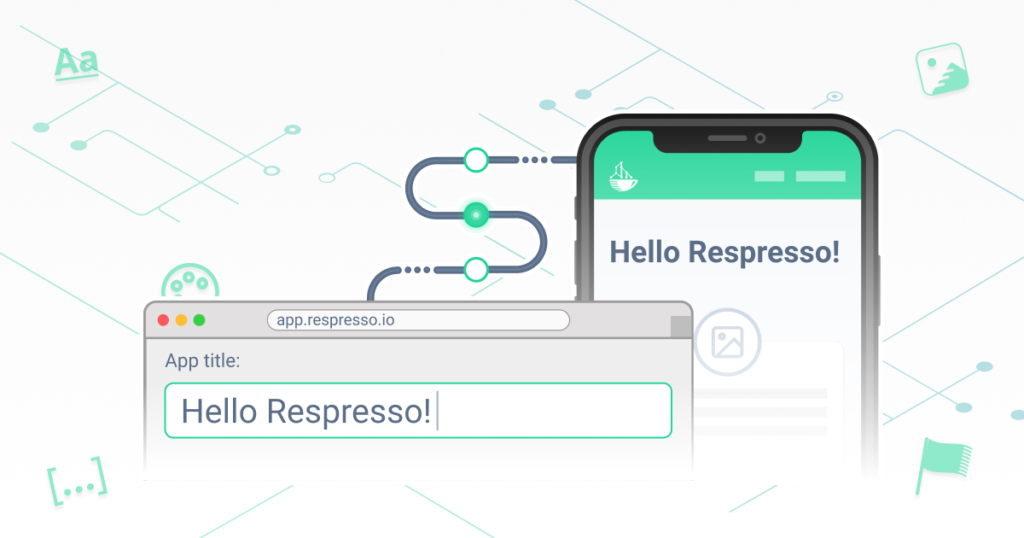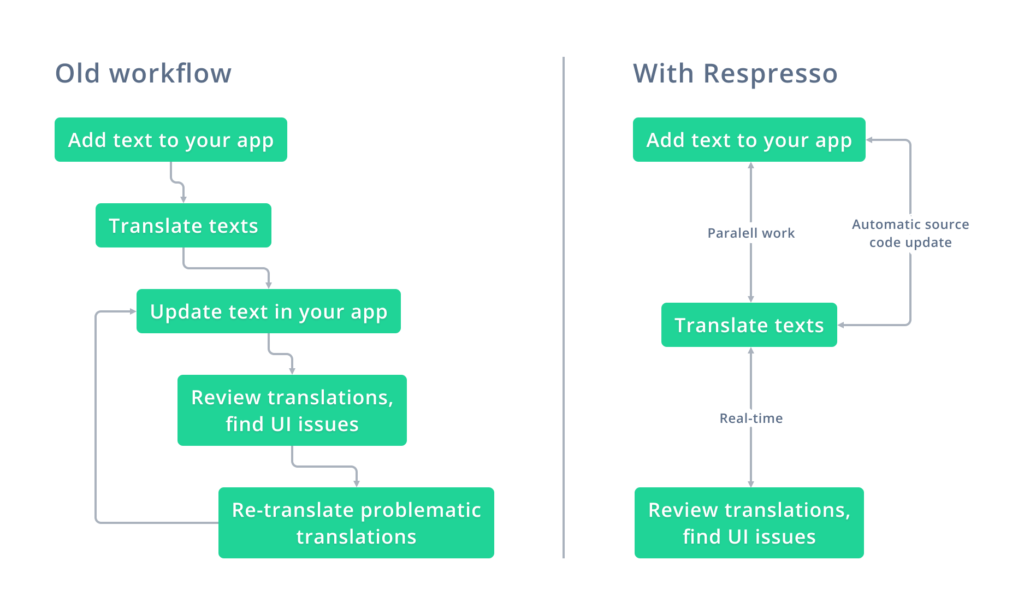“Yes”, “OK”, “Confirm”, “Proceed”, “Allow”, “Save”. All of these words would fit into a popup as the main button. They have a really different meaning and should be used wisely depending on the context. Using the wrong phrase would cause a distraction for the user and seriously damage your user’s trust. This applies not only to English but to all languages you translate your apps.

When you face a User Interface (UI) you have a huge context about what you have done before, how you arrived at this particular screen, and a bunch of surrounding texts that help you to understand what you see. To create the best possible User Experience (UX) you should know all of this when writing your localization texts. Sometimes when a translator faces a single phrase, without context, he’ll inevitably translate it incorrectly as he’ll miss some of the factors that affected the original text’s wording.
Maybe you tried to give some context to the translator by adding a comment or a screenshot to the text. This can definitely improve the translation quality but it is not a solution, just a workaround. As an inappropriate length of a text may break the UI, translators should take into account how the actual application works and reacts to different lengths. This can’t be achieved with static screenshots or comments.
Even if you somehow manage through the whole process of the translation without a mistake you are not done yet. You spot a mistake in the original text, change the design, or add a new feature and you can start the whole process from the beginning.
Providing real context
We went through all the problems mentioned above and we sought a real solution. The only way for a great translation quality was to actually change texts in the application to review all the variations. Testing out each translation and sending back too long texts to the translator to shorten them would consume a vast amount of time and multiple iterations. To build high quality, multilanguage applications we needed a sustainable workflow.
We added a feature to Respresso to target this particular problem and provide a streamlined workflow for Localization Quality Assurance (LQA). Using Live Localization you can edit any text in the actual application, in real-time. It does not require any technical knowledge to edit texts, you just need to connect your app with Respresso by scanning a QR code. The web editor will automatically filter texts that are visible on the actual screen which can be edited remotely. You or a translator can quickly test different versions of the translation to fit the UI. When you hit “Save”, all the changes will be delivered to your project automatically.
Actual benefits
The increased quality of localized content is a straightforward benefit of Respresso’s Live Localization feature. Although the real benefit is the cost of the saved work. As translators can see their translations appear on the app’s screen, there is no need to send them through the whole localization process over and over. With Live Localization, you can avoid a huge amount of communication overhead and useless development cycles.

Once a text is added to your app, any team member can easily edit them without touching the source code. It enables you to work on translations in parallel with development while UI issues related to text length and unforeseen line breaks can be directly detected and fixed by the translators. Thanks to this, you can get rid of the waterfall model and never-ending re-translation cycles and replace them with a parallel and agile process.
How does Live Localization work?
LiveLocalization currently supports Android, iOS, and Web apps. For each one, we have a specific library that should be added to the application dependencies. As this is an LQA tool it is not necessary to include this functionality to your production app, so it should be included only in the internal versions/releases.
Using our library, your app can be connected directly to the Respresso server. To start the process, you only need to shake the device (or click on a floating button on Web) and scan a QR code (or copy the code to the web app). When the connection is built, the app will receive real-time updates from the server with your changes. To apply changes, the app should reload the changed text or refresh the whole screen. This requires a bit of additional logic in the source code.
Give it a try
Many times we are so occupied with doing our stuff that we have no time to seek a better solution. I’m really happy that you read this article and I hope you are convinced that Respresso could help you a lot. In case you are interested, go to the Respresso app and sign up to get started for free, in only 5 minutes. If you are not ready to jump right in the middle, you can check our Android and iOS samples for Live Localization.

